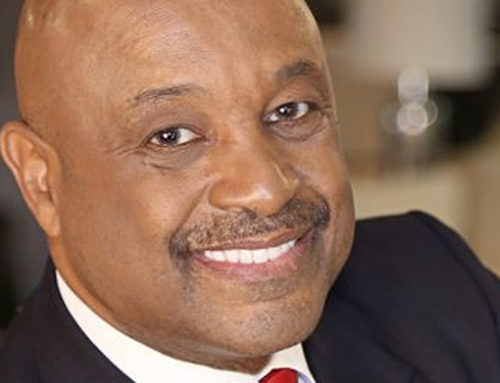
Mark Sanborn
Did you start the day hoping that before it was over you’d be disrupted?
You won’t find many people who want to be disrupted. Disruption is unsettling at best and unpleasant at worst. It forces change and requires additional effort.
But what about leadership? It is good to be a disruptive leader?
I believe it is both good and necessary. The best leaders are always disruptive and it serves the organization well when it is done correctly.
Why?
Disruptive leaders unsettle the complacent, challenge mediocrity, drive innovation and keep people and companies growing. They challenge the status quo, both in themselves and those they lead.
That’s because they know that if they don’t do the disrupting, someone or something else will, like disruptive competitors, regulators, technologies or start ups.
As a leader, what should you disrupt?
For individuals on your team consider disrupting:
- Ill-informed opinions and beliefs.
- Comfort leading to complacency.
- Disrespect for others.
- Outdated work habits.
- An unwillingness to change.
- Resistance to learning.
- Inefficiency.
- Incorrect focus.
- Entitlement.
In your organization, here is a start list for what needs disrupting:
- The products, services and experience you provide.
- Inefficient operations.
- Your value proposition.
- Underperforming vendors.
- Any and all unethical practices.
- Outdated technology.
- Wasteful spending.
- Unacceptable service levels.
- Ridiculous rules, policies and procedures.
Disruption almost always begins with the leader.
Continually consider the disruption question: Who or what on your team or in your organization needs to be disrupted?
You can’t improve and progress without change. And change is, by nature, disruptive.
And remember, you don’t need a title to be a leader, nor do you need a title to be a positive disrupter.
Take Fred Shea, for example. In my book, The Fred Factor, I wrote about an amazing postal carrier who reinvented what it meant to do his work and in the process added great value for everyone on his route. He didn’t just accept the standard for how a postal carrier is supposed to perform his or her role. He looked at the status quo and decided to change and improve it. His example was especially disruptive compared to the never changing way many postal carriers did their jobs. And it happened in an organization that is not known for adding value or making changes.
If you choose to be positively disruptive, you may well open yourself to criticism (usually by those who love the status quo), but as long as your motives are for the good of the organization, this “criticism” is the price of progress. Add a good sense of humor to your commitment to change as a coping mechanism if people take shots at you.
Here are eight ideas about how to be a disruptive leader, even if you don’t have a title:
- In team meetings, ask “what if?” questions. Diplomatically challenge traditional thinking.
- Don’t commit “ideacide:” the killing of an idea before it has a chance to be fairly and fully considered. Examine the pros and cons of new ideas when they are presented by others.
- Recognize and encourage other disrupters for their effort. If they have good ideas, support them in the implementation.
- Be diplomatic but assertive. Resistance is seldom overcome without effort, but it needs to be professional and considerate, not rude or pushy.
- Don’t just model the way, show the way. Demonstrate what positive disruption should look like.
- Become a disruption expert: read broadly and bring in ideas from broad and varied sources. Send links to articles, pictures you’ve taken of good ideas you’ve seen and other resources to your team to stimulate thinking.
- Counsel others on how to improve and implement their ideas.
- Be a mentor to others who desire positive change in your organization.
Disruptive leaders don’t just challenge ordinary: they help others see the path to extraordinary. And you don’t need a title to do that.
=================
This is an article by Mark Sanborn. Click here to check his profile page on our website, and read about his biography, speaking topics, keynotes, or clients.



